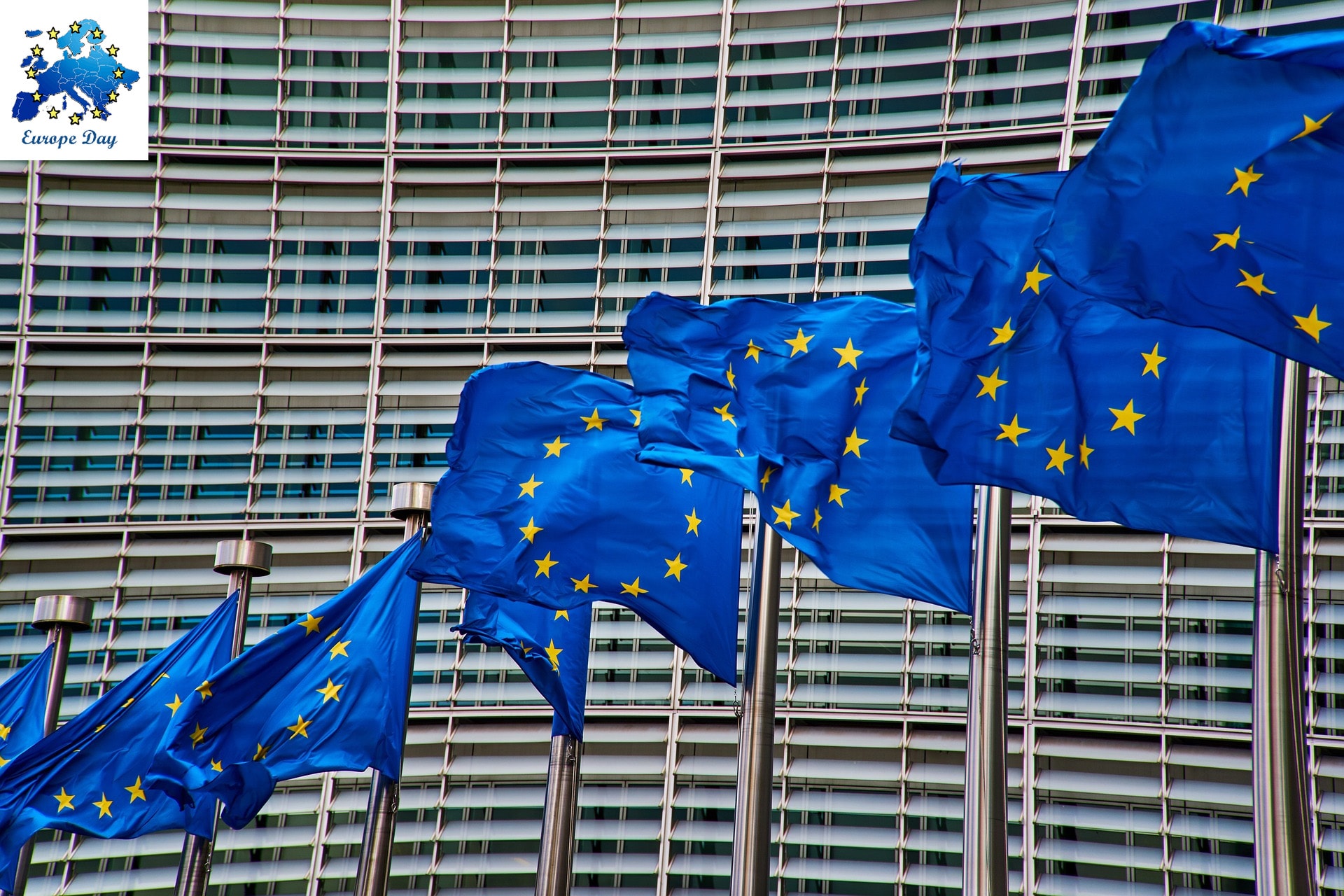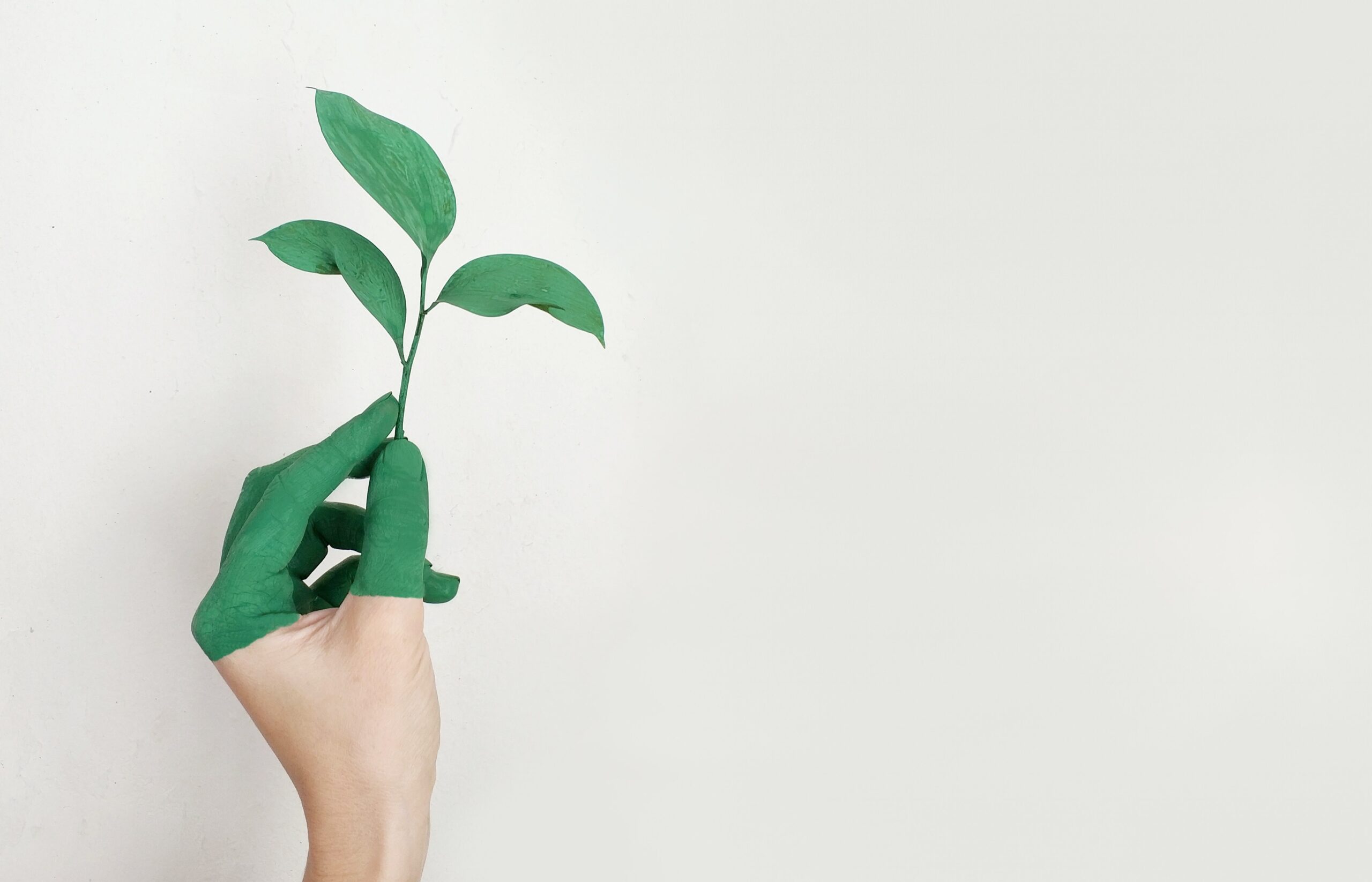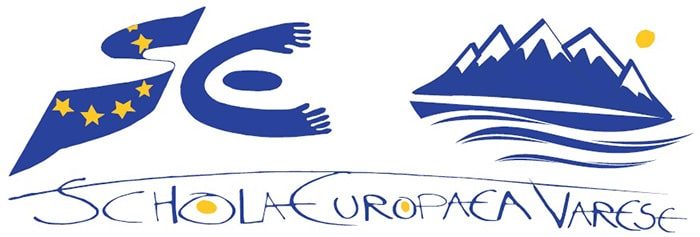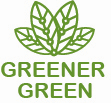


On the Support page you can find the following documents:
– Need help? Want to talk?
– Support Network English
– Sportello Ascolto
– Maths Clinic Poster S4/S5
– Science Clinic poster S4/S5
– Maths Clinic poster S6/S7
– Science Clinic poster S6/S7
The European Schools are official educational establishments controlled jointly by the governments of the Member States of the European Union. In all these countries they are legally regarded as public institutions. They were created in 1953 to facilitate the mobility of European civil servants and their families across European Institutions.
The words which express the essential aims of the European Schools have been sealed, in parchment, into the foundation stones of all the schools:
“In this School, children from Belgium, France, Germany, Italy, Luxemburg, the Netherlands and other countries concerned to build a united Europe are to be educated together from minimum school age to university entrance level.
Here, while all pupils will be taught their own countries’ language, literature and history by teachers from those countries, they will at the same time become accustomed from childhood to speak other languages also, and absorb the combined influences of the different cultures which together make up European civilisation.
Playing the same games, learning the same lessons, boys and girls of different speech and citizenship will come to know, to respect and to live in harmony with one another.
Educated side by side, untroubled from infancy by divisive prejudices, acquainted with all that is great and good in the different cultures, it will be borne in upon them as they mature that they belong together. Without ceasing to look to their own lands with love and pride, they will become in mind Europeans, schooled and ready to complete and consolidate the work of their fathers before them, to bring into being a united and thriving Europe.”
The European School of Varese was founded in 1960 and it is one of the currently existing 13 European Schools. It is the only European School in Italy and was located in Varese as it is connected to the biggest European research centre (Joint Research Centre at Ispra, near lake “Maggiore”, 20 km away from Varese).
Compared to the bigger sister schools in Brussels and Luxemburg, the European School Varese is of medium size and has a present school population of about 1300 pupils, coming from over 50 different countries. The school is divided into five language sections (Dutch, English, French, German and Italian) and offers mother tongue tuition in all European Union official languages.
The European School system consists of 2 years of Early Education (Nursery School ages 4-5), 5 years of Primary (ages 6-10) and 7 years of Secondary (ages 11-18) Education.
In Varese the nursery and primary schools are housed in two different buildings (Montessori and Comenius) with gymnasium and garden.
The secondary school is divided into three cycles: the first three classes (or observation cycle), classes 4 and 5 (pre-orientation cycle) and classes 6 and 7 (orientation cycle) which form a unit leading to the European Baccalaureate.
In Varese the secondary school is housed in two different buildings (Erasmus and Da Vinci) where the school facilities are also situated (Aula Magna, school canteen, infirmary, library, study rooms, laboratories). Nearby there are the gymnasiums, a 200 m. sport track and two football and basketball fields.
The school is nestled in a large campus of 40000 m2 . At its entrance there is the Liberty villa seat of the school management and administration.
Ricerca
News
- Concorso d’arte – Joan Miró 15 March 2024
- Kangourou semifinal on 20th May 15 May 2023
- Marine robotics lands at the European School of Varese 6 June 2022
- Pesciolino Rosso 7 April 2022
- The European Day of Languages 1 October 2021


